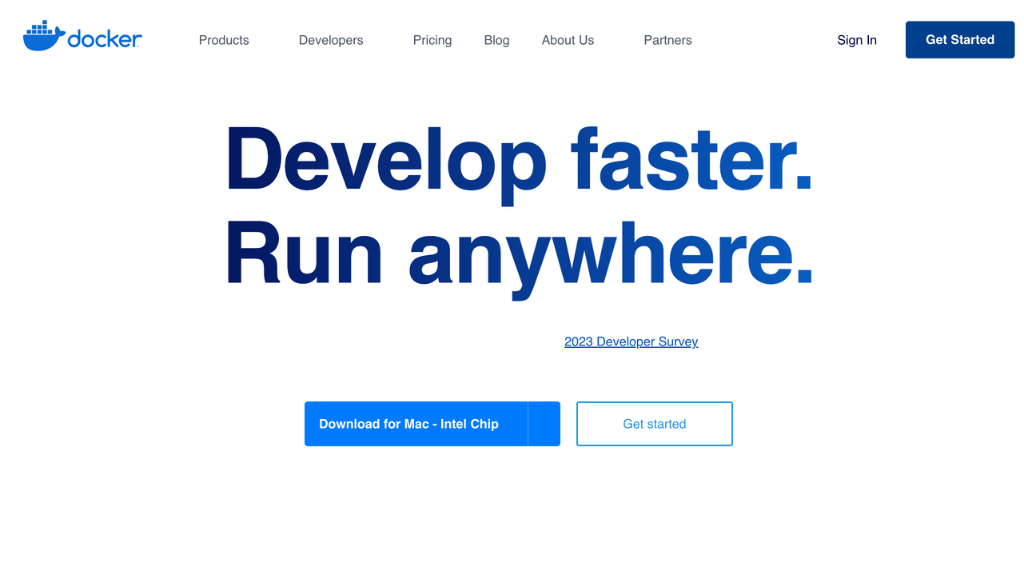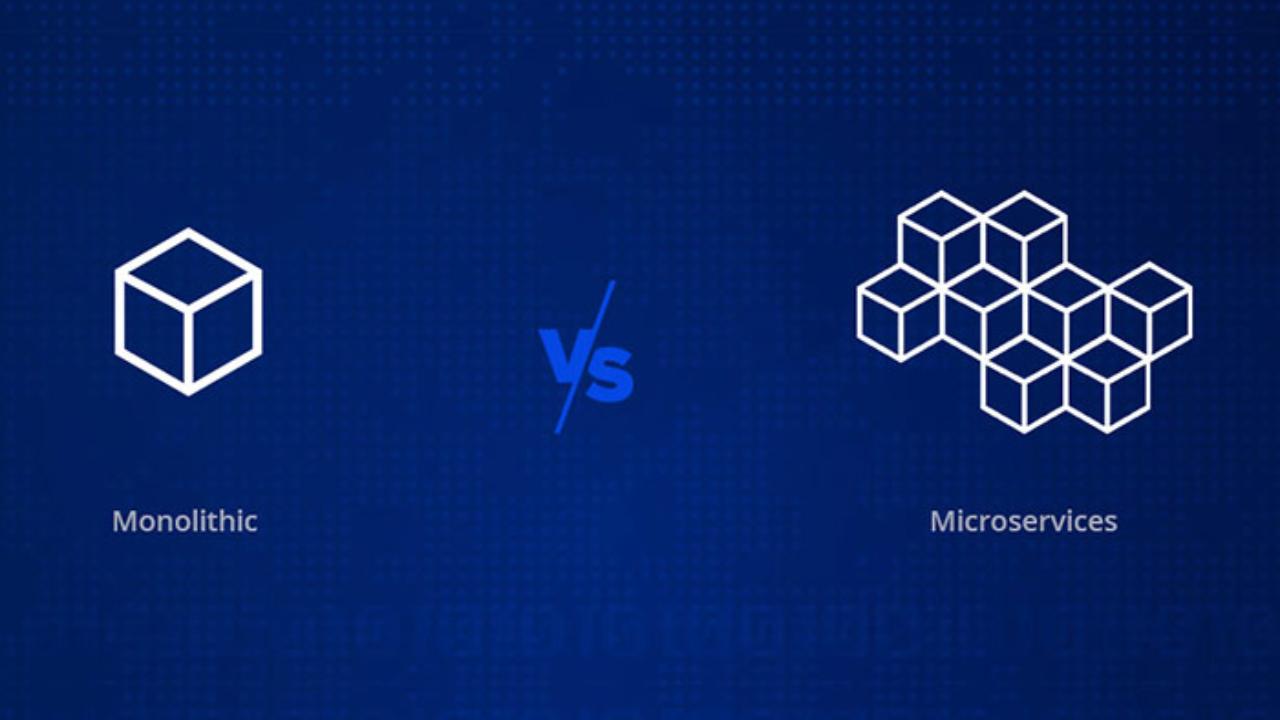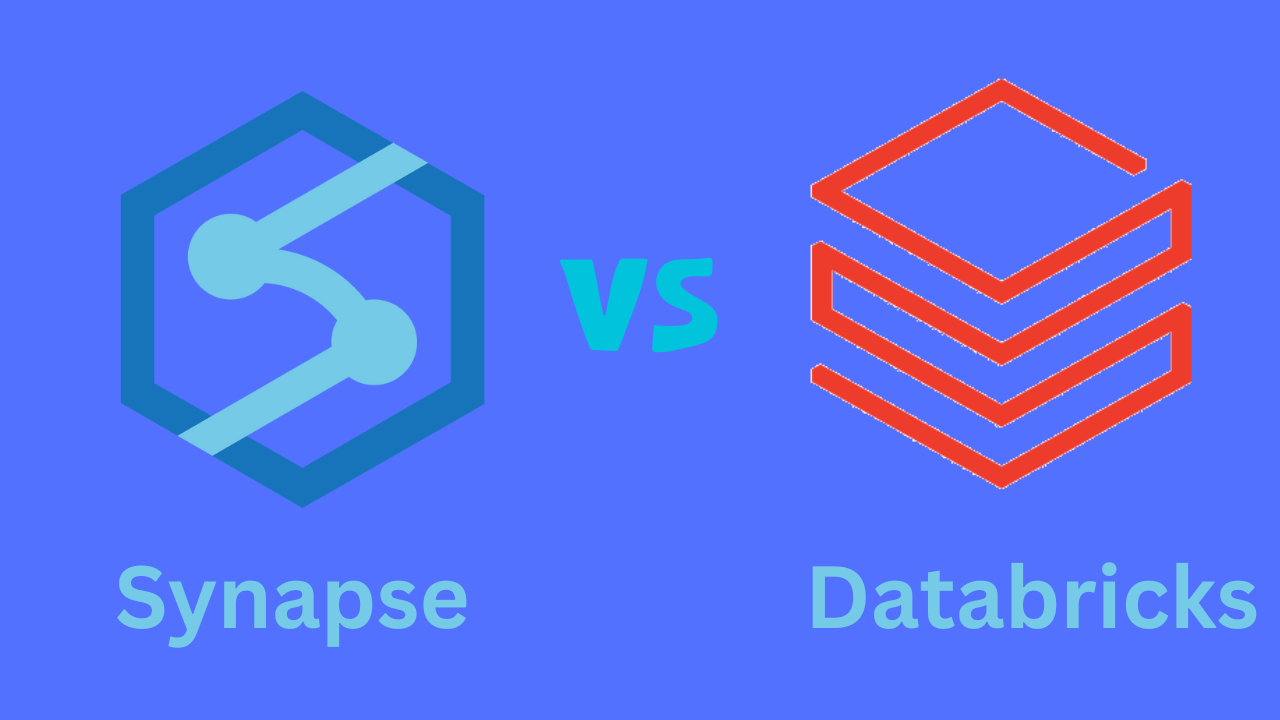In today’s fast-paced software development environment, it’s essential to have a reliable and efficient deployment process. Canary Deployment is a popular technique that allows developers to release new features or updates to a small subset of users before rolling them out to the entire user base. This approach helps to identify and fix any issues before they affect the entire user base, resulting in safer and more efficient software releases.
What is Canary Deployment?

Canary Deployment is a technique that involves releasing new features or updates to a small subset of users before rolling them out to the entire user base. The name “Canary” comes from the practice of using canaries in coal mines to detect toxic gases. Similarly, Canary Deployment is used to detect any issues or bugs in the new release before it affects the entire user base.
Stages of Software Development: A Comprehensive Guide
How Does Canary Deployment Work?
Canary Deployment involves releasing the new feature or update to a small subset of users, typically 1% to 10% of the user base. The new release is then monitored closely for any issues or bugs. If no issues are detected, the release is gradually rolled out to a larger percentage of the user base until it’s released to everyone.
Benefits of Canary Deployment
Canary Deployment offers several benefits to software development teams, including:
- Safer Releases: Canary Deployment allows developers to release new features or updates to a small subset of users before rolling them out to the entire user base. This approach helps to identify and fix any issues before they affect the entire user base, resulting in safer releases.
- Faster Time-to-Market: Canary Deployment allows developers to release new features or updates faster by reducing the time required for testing and bug fixing. This approach helps to speed up the development process and get new features or updates to users faster.
- Improved User Experience: Canary Deployment allows developers to test new features or updates with a small subset of users before rolling them out to the entire user base. This approach helps to ensure that new features or updates are well-received by users and improve the overall user experience.
Challenges of Canary Deployment
While Canary Deployment offers several benefits, it also comes with some challenges, including:
- Infrastructure Costs: Canary Deployment requires additional infrastructure to support the release to a small subset of users. This can increase the overall cost of the deployment process.
- Complexity: Canary Deployment can be complex, especially when dealing with large-scale deployments. Migrating users, monitoring the new system, and maintaining backward compatibility can add an additional layer of complexity to the deployment process.
- Time and Effort: Setting up a healthy Canary Deployment pipeline takes time and effort. However, once the pipeline is set up correctly, it can result in more frequent and safer deployments.
- Database Compatibility: Making database schema changes can be challenging when using Canary Deployment. The database must work with both the Canary and control versions during the deployment, which can be problematic if there are breaking schema changes.
How to Implement Canary Deployment Implementing
Canary Deployment requires a well-defined process and the right tools. Here are the steps to follow:
- Define the Canary Release Criteria: Define the criteria for releasing the new feature or update to the Canary group. This can include metrics such as error rates, response times, and user feedback.
- Create the Canary Group: Create a small subset of users to receive the new feature or update. This group should be representative of the entire user base.
- Monitor the Canary Release: Monitor the Canary release closely for any issues or bugs. This can include monitoring metrics such as error rates, response times, and user feedback.
- Gradually Roll Out the Release: If no issues are detected, gradually roll out the release to a larger percentage of the user base until it’s released to everyone.
Preparing Large Image Datasets: A Step-by-Step Guide
Tools for Canary Deployment
Several tools can help with implementing Canary Deployment, including:

- Semaphore: Semaphore is a CI/CD platform that can automate the deployment process and help with Canary Deployment.
- Kubernetes: Kubernetes is an open-source container orchestration platform that can help with deploying and managing Canary releases.
- Docker: Docker is a containerization platform that can help with creating and managing Canary releases.
Conclusion
Canary Deployment is a popular technique that allows developers to release new features or updates to a small subset of users before rolling them out to the entire user base. This approach helps to identify and fix any issues before they affect the entire user base, resulting in safer and more efficient software releases. While Canary Deployment comes with some challenges, it offers several benefits, including safer releases, faster time-to-market, and improved user experience. By following a well-defined process and using the right tools, software development teams can implement Canary Deployment successfully.

















